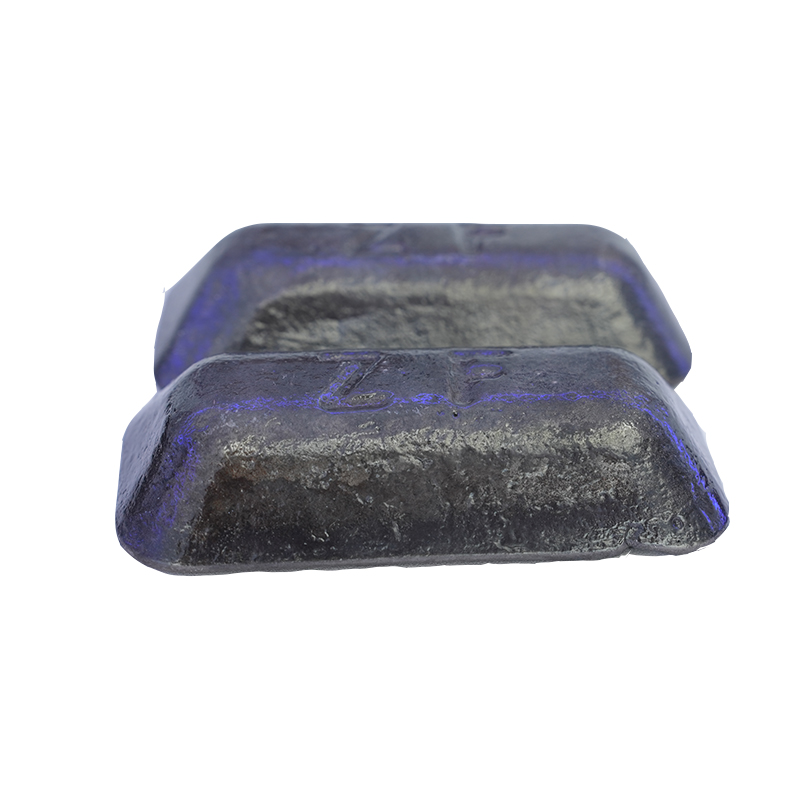In addition to iron, steelmaking pig iron also contains elements such as carbon, silicon, manganese, phosphorus, and sulfur, which have a significant impact on the properties of pig iron
Carbon (C): Exists in the form of compound carbon (iron carbide), hard and brittle, with low plasticity. Moderate content can improve the strength and hardness of pig iron, but excessive content makes it difficult to cut and process pig iron.
Silicon (Si): It can promote the separation of carbon in pig iron into graphite like form, remove oxygen, reduce casting gas holes, improve the fluidity of melted pig iron, and reduce casting shrinkage. But excessive silicon content can also make pig iron harder and brittle.
Manganese (Mn): It can dissolve in ferrite and cementite, improving the casting and cutting properties of pig iron. In the blast furnace, manganese can also form manganese sulfide with harmful impurity sulfur and enter the slag.
Phosphorus (P): It is a harmful element, but it can increase the fluidity of molten iron (by lowering the melting point of pig iron). However, the presence of phosphorus increases the hardness and brittleness of iron, and excellent pig iron should have a low phosphorus content.
Sulfur (S): It is a harmful element that promotes the combination of iron and carbon, making iron hard and brittle, and reacts with iron to form low melting point sulfide iron, causing thermal brittleness of pig iron and reducing the fluidity of molten iron.
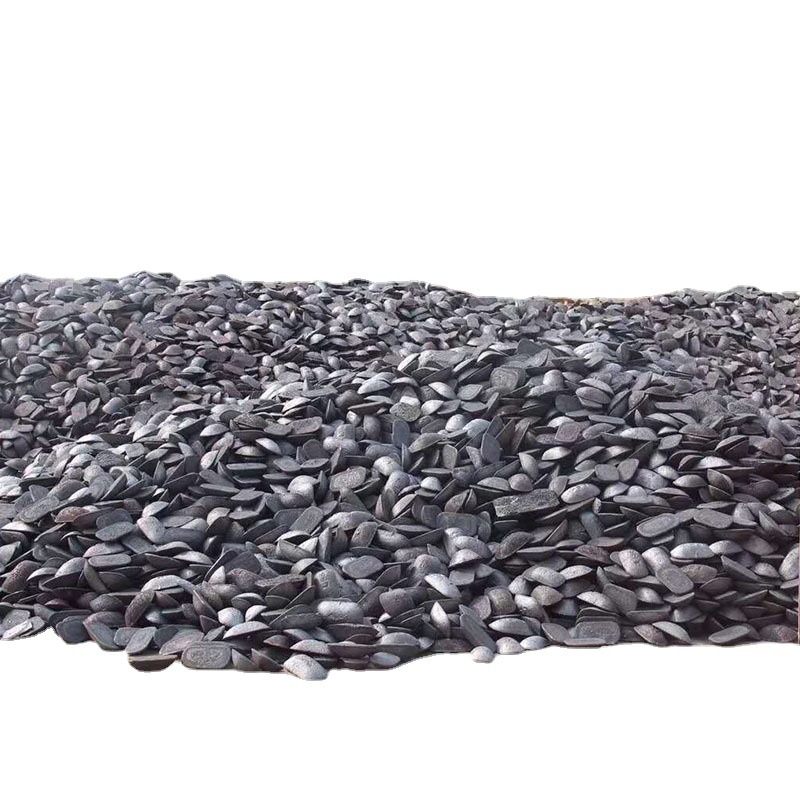
Steelmaking pig iron accounts for over 90% of blast furnace pig iron production and is the main raw material for oxygen top blown converter steelmaking in modern steel production. It is also used in electric furnace steelmaking (accounting for over 30% of metal materials). The quality requirements for steelmaking pig iron include:
When the demand side has special requirements for silicon content, it shall be stipulated by the agreement between the supply and demand parties.
Units that use high phosphate ore smelting must obtain approval from the national competent department, and the phosphorus content of pig iron is allowed to not exceed 0.85%.
The numbers after the significant digits of sulfur and phosphorus content in the chemical composition table are not allowed to be rounded off.
When smelting with copper containing ore, the copper content of pig iron is allowed to be no more than 0.30%.
The production of steelmaking pig iron is mainly carried out in blast furnaces, with raw materials including iron ore, coke, flux, etc. The reducing gas in the blast furnace is generated by the combustion of fuel in front of the tuyere. Iron ore is refined into pig iron through reduction reaction, and the molten iron is released from the tapping port. At the same time, the ash content in the gangue, coke, and injection material in the iron ore combines with the flux such as limestone added to the furnace to form slag, which is discharged from the tapping port and slag outlet respectively.
In summary, as the main raw material for steelmaking, pig iron has specific chemical composition and physical performance requirements. In the production process, it is necessary to strictly control the quality of raw materials and production process parameters to ensure that the quality of steelmaking pig iron meets the requirements of steelmaking. "

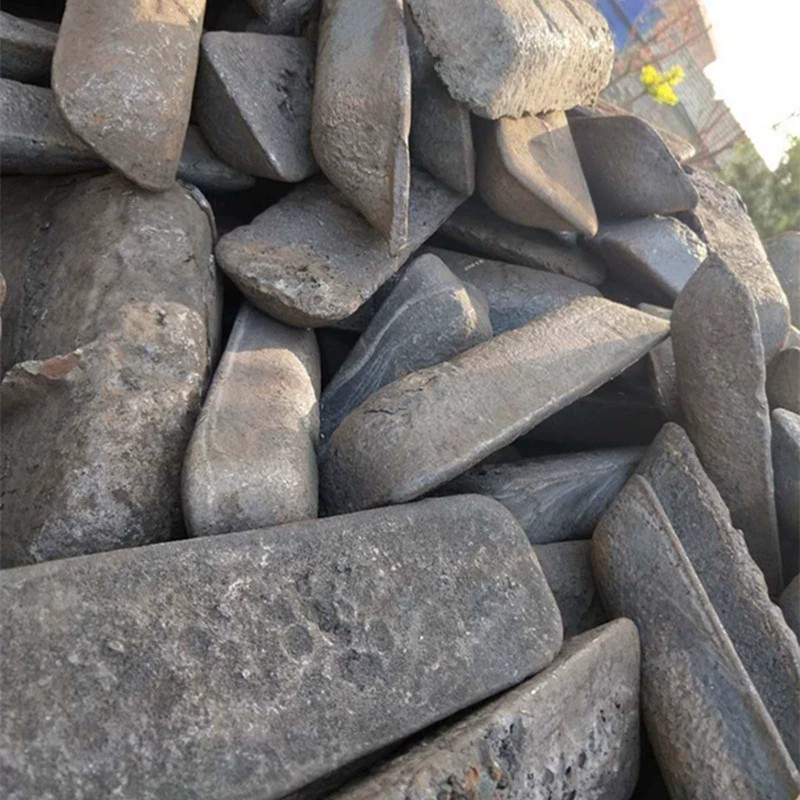

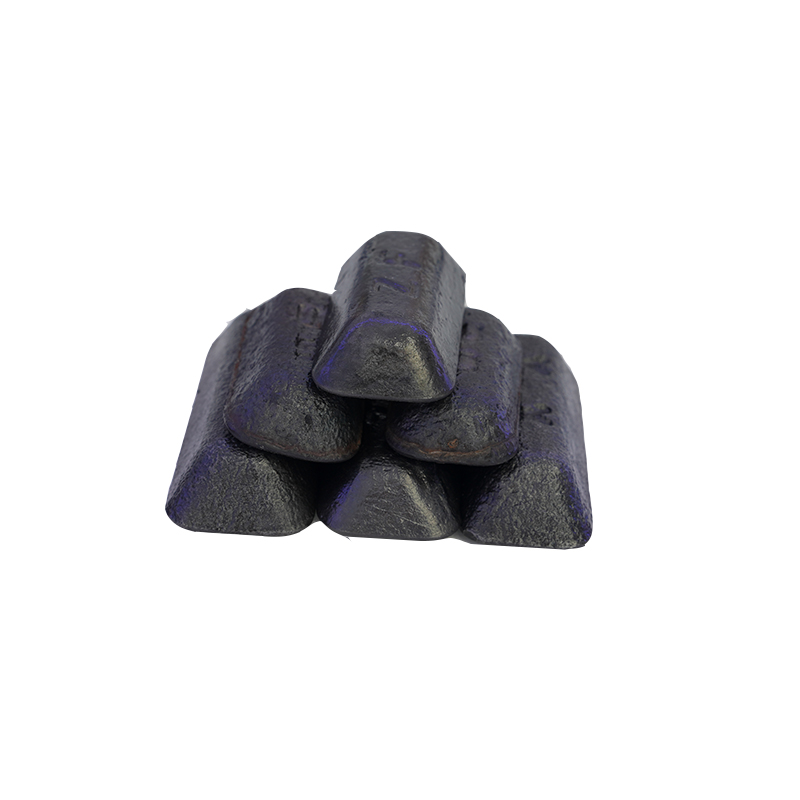
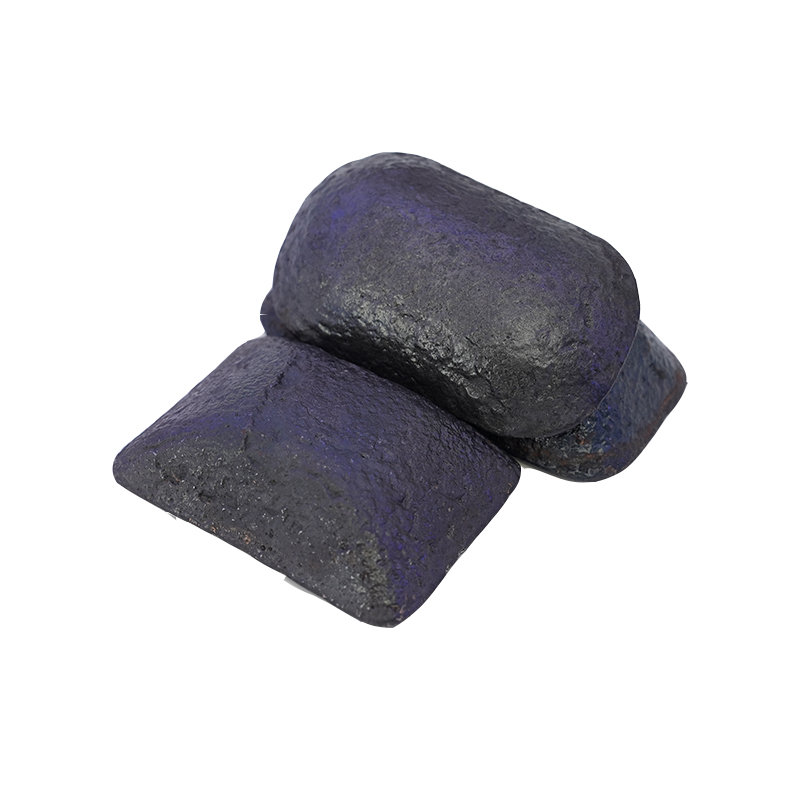
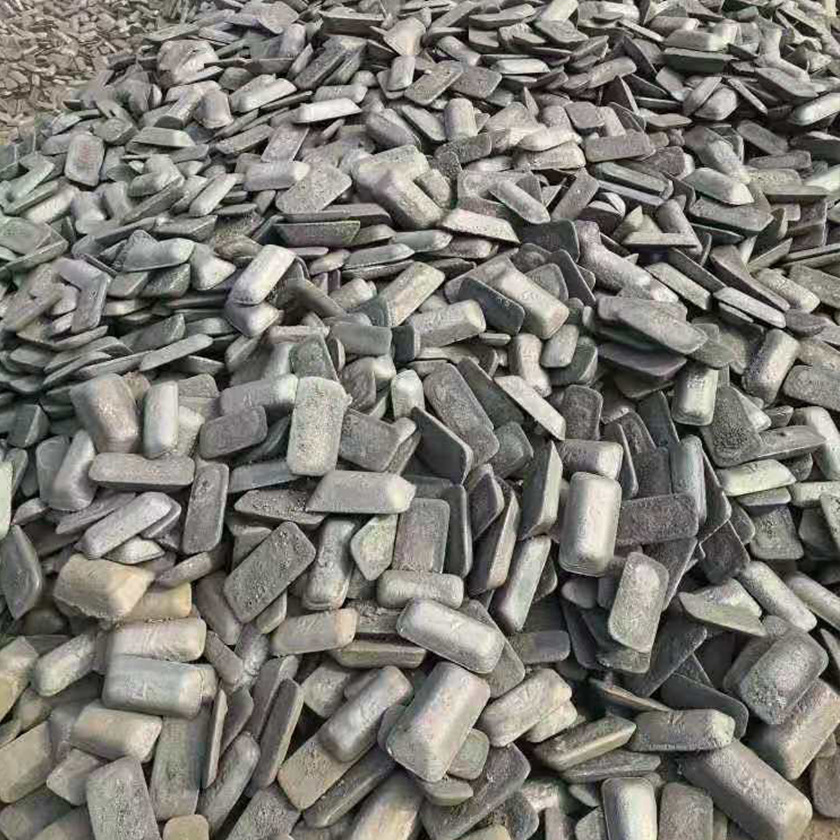
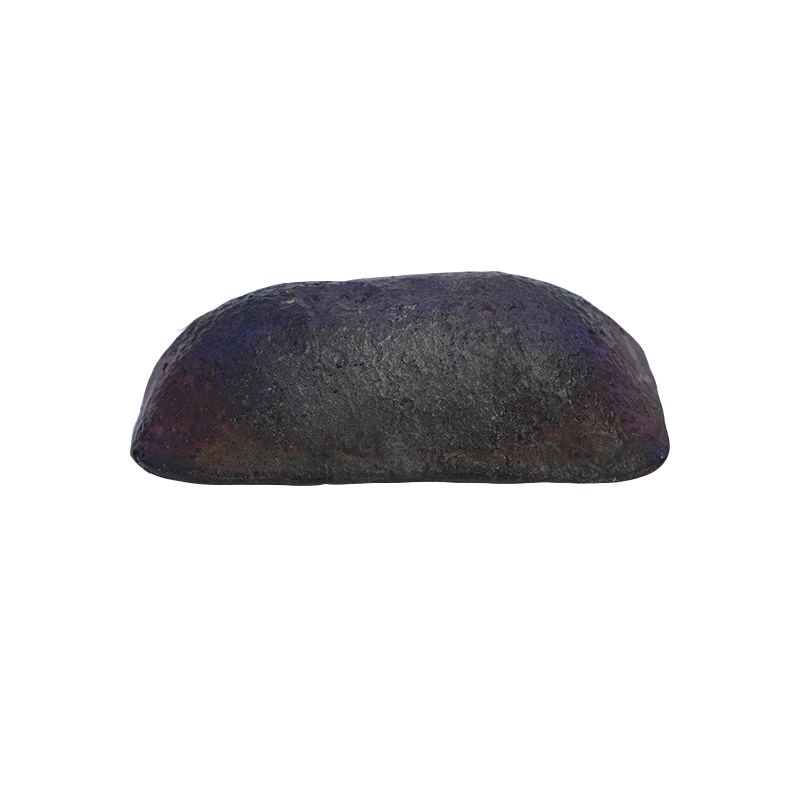

 en
en  fra
fra  de
de  ru
ru  ara
ara  gle
gle  it
it  jp
jp  kor
kor  th
th  zh
zh 
